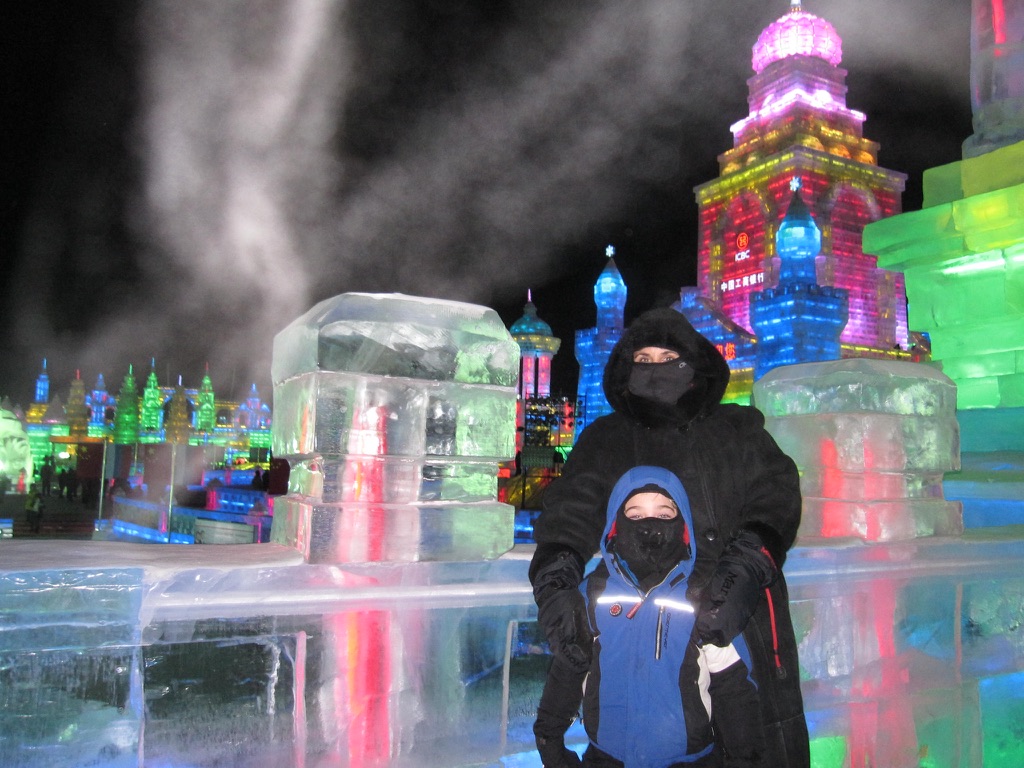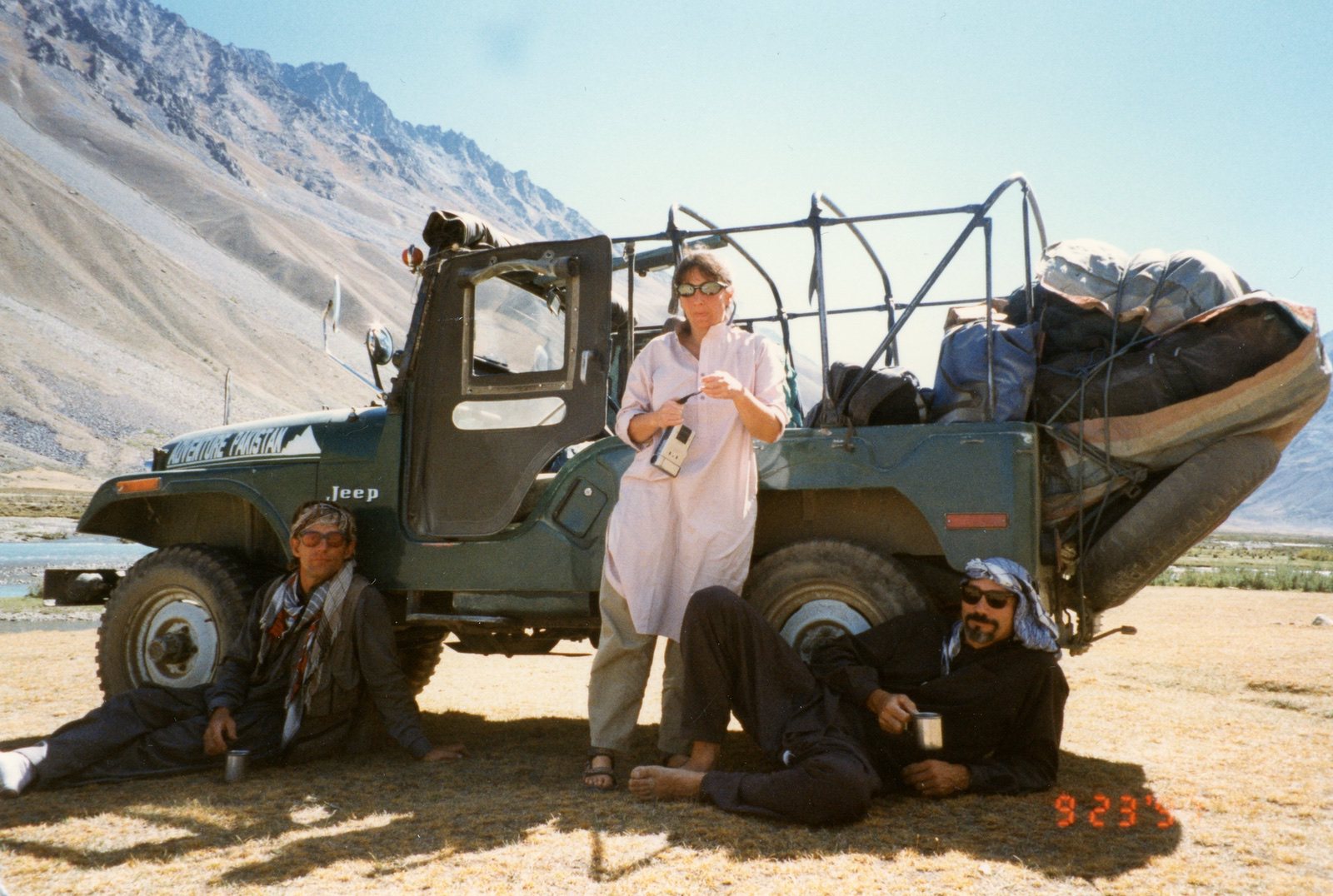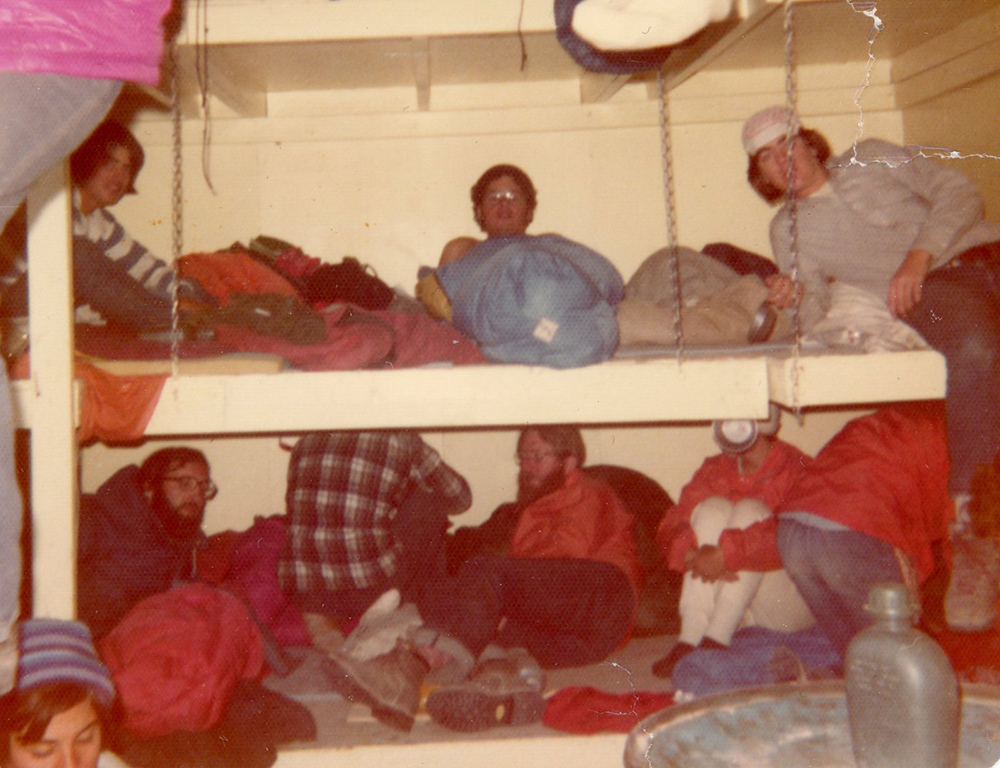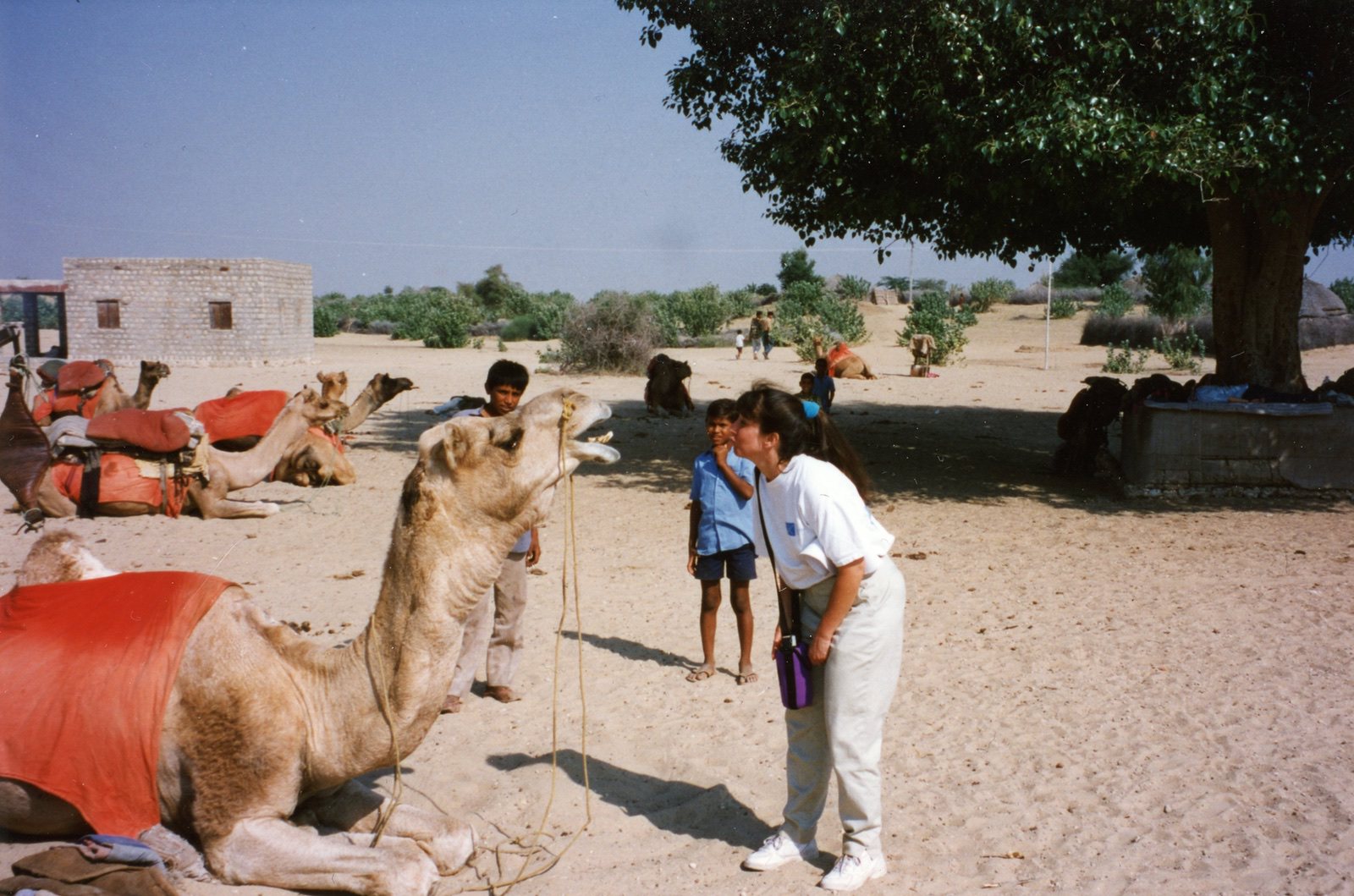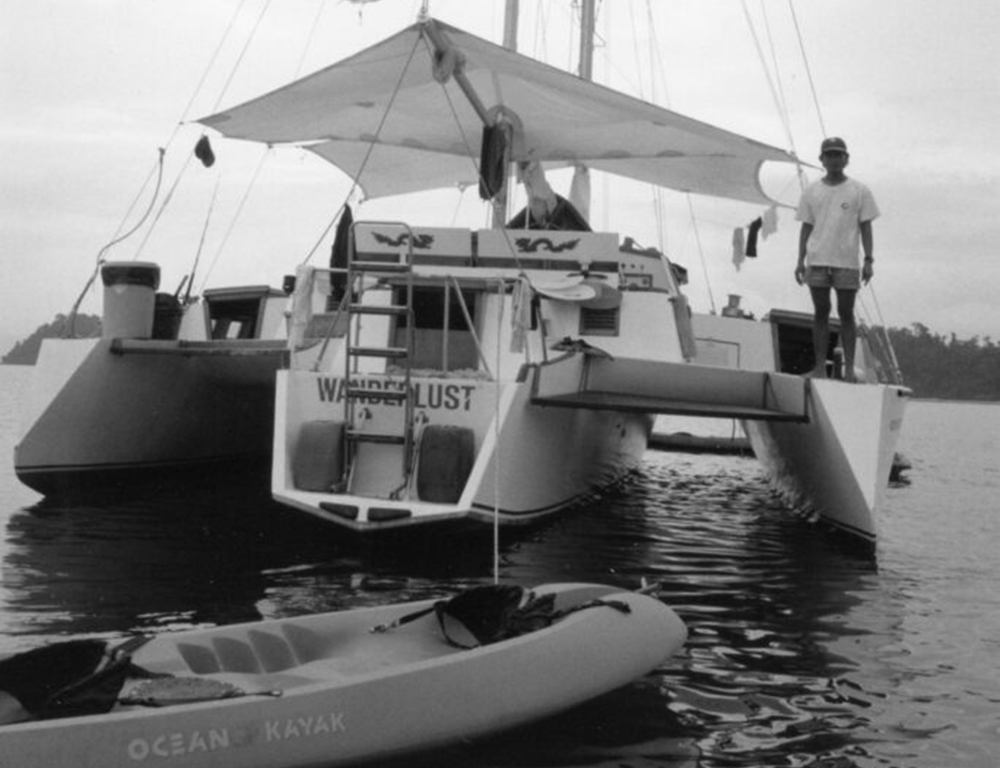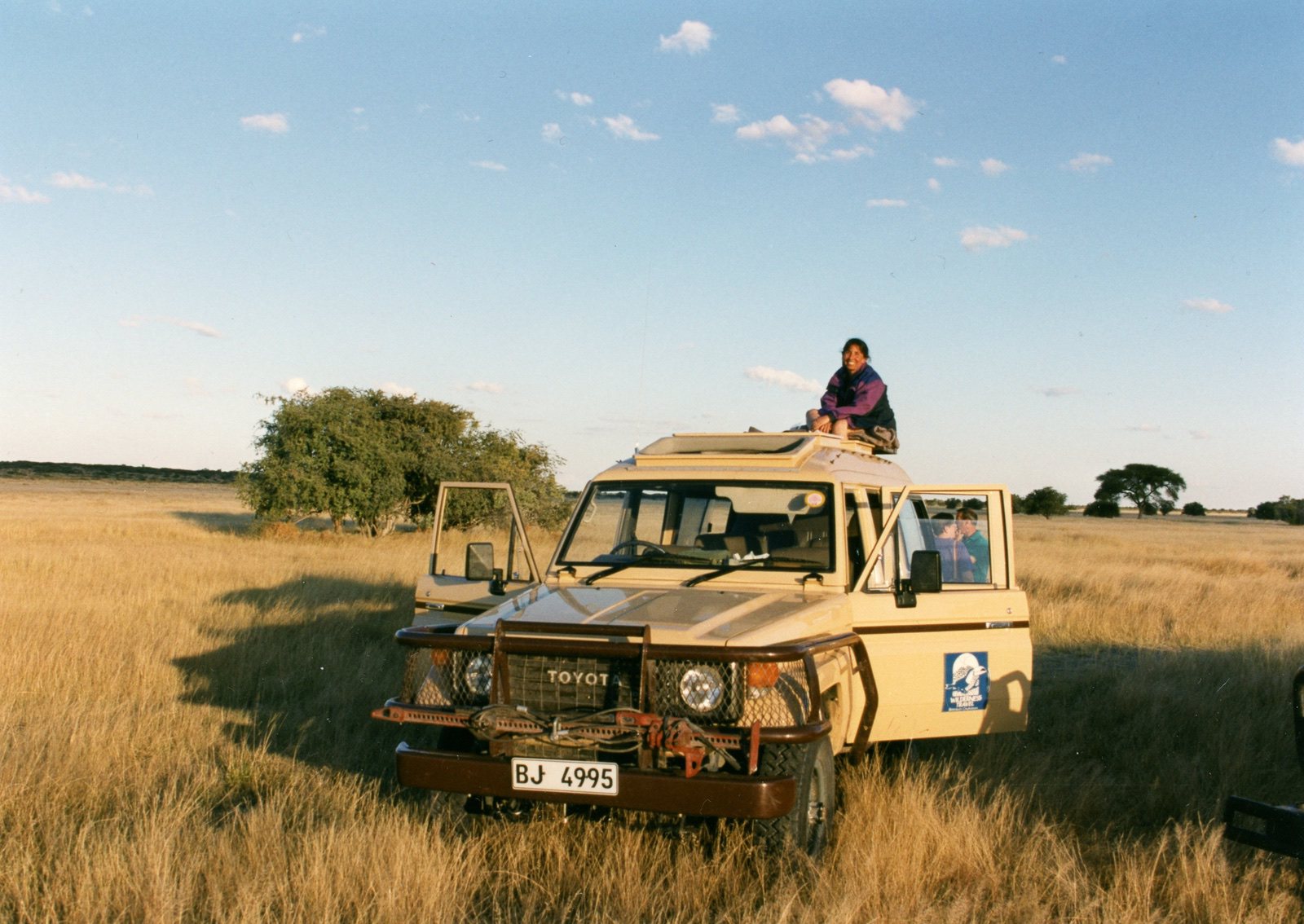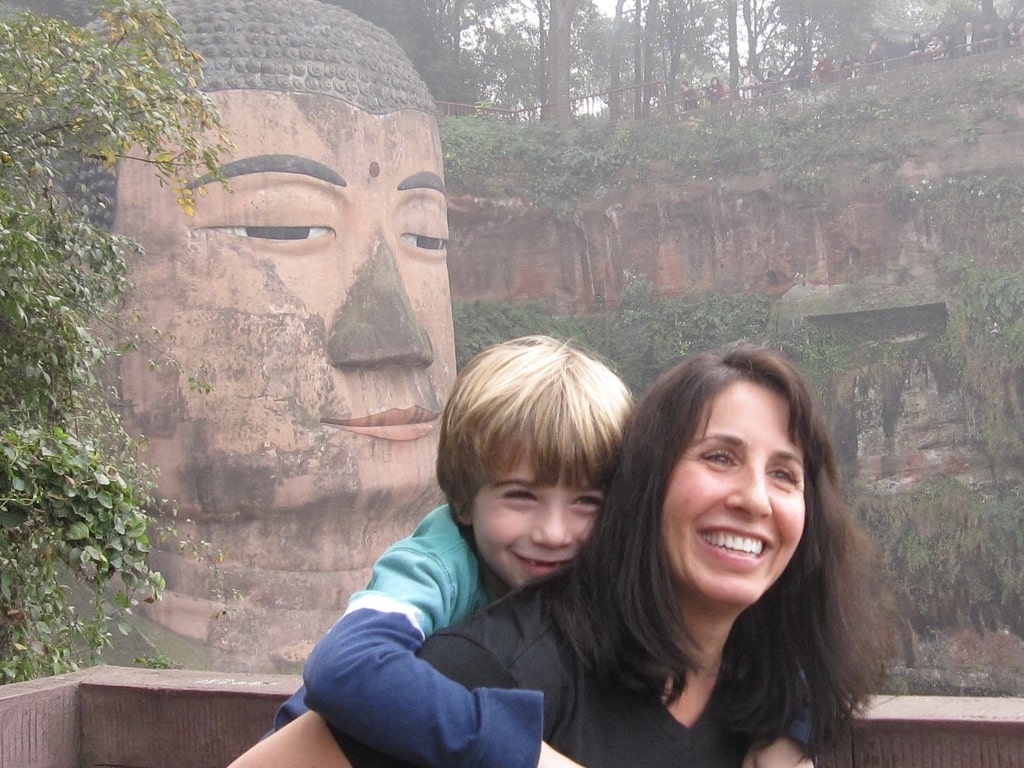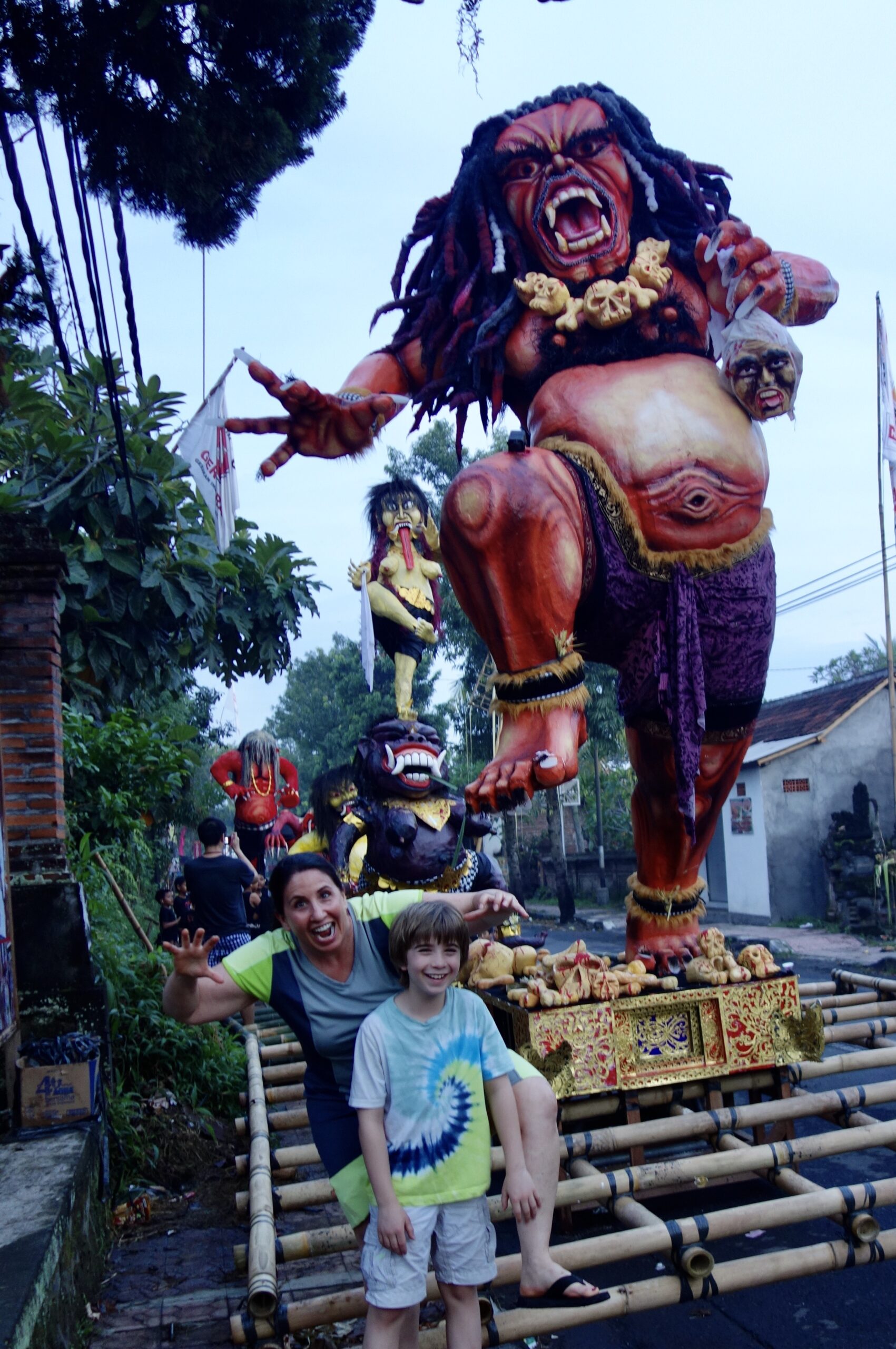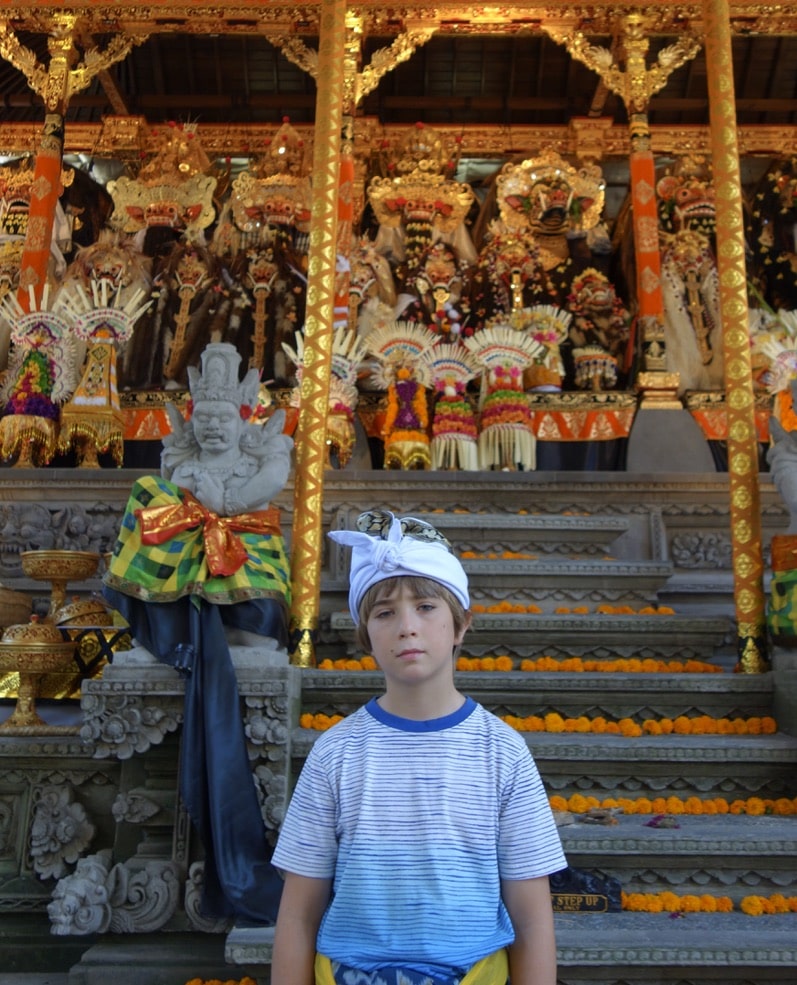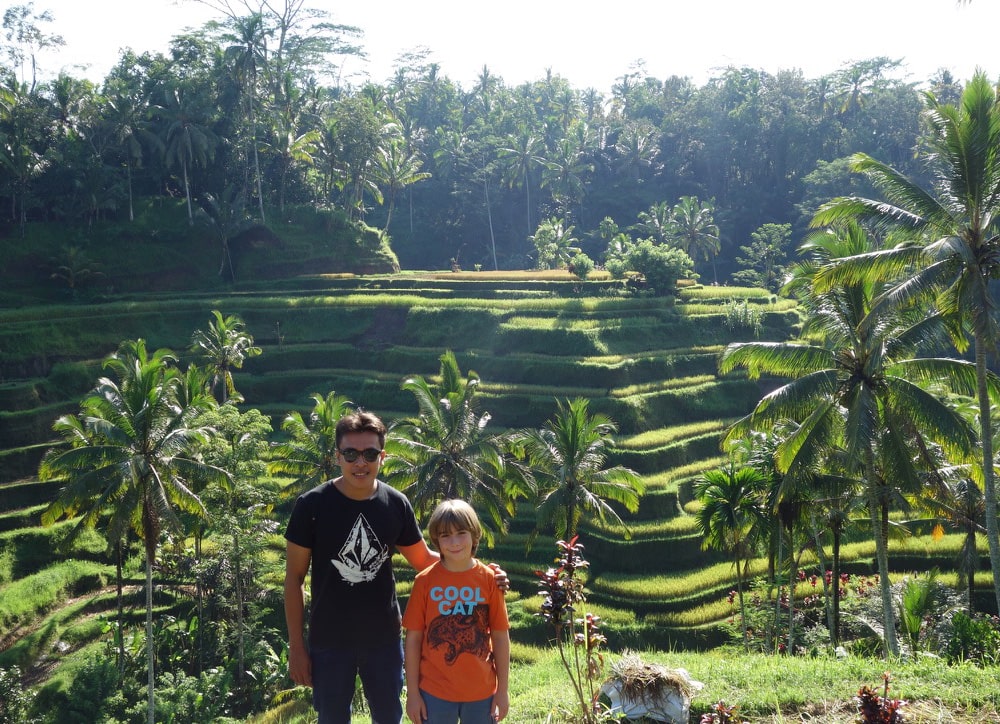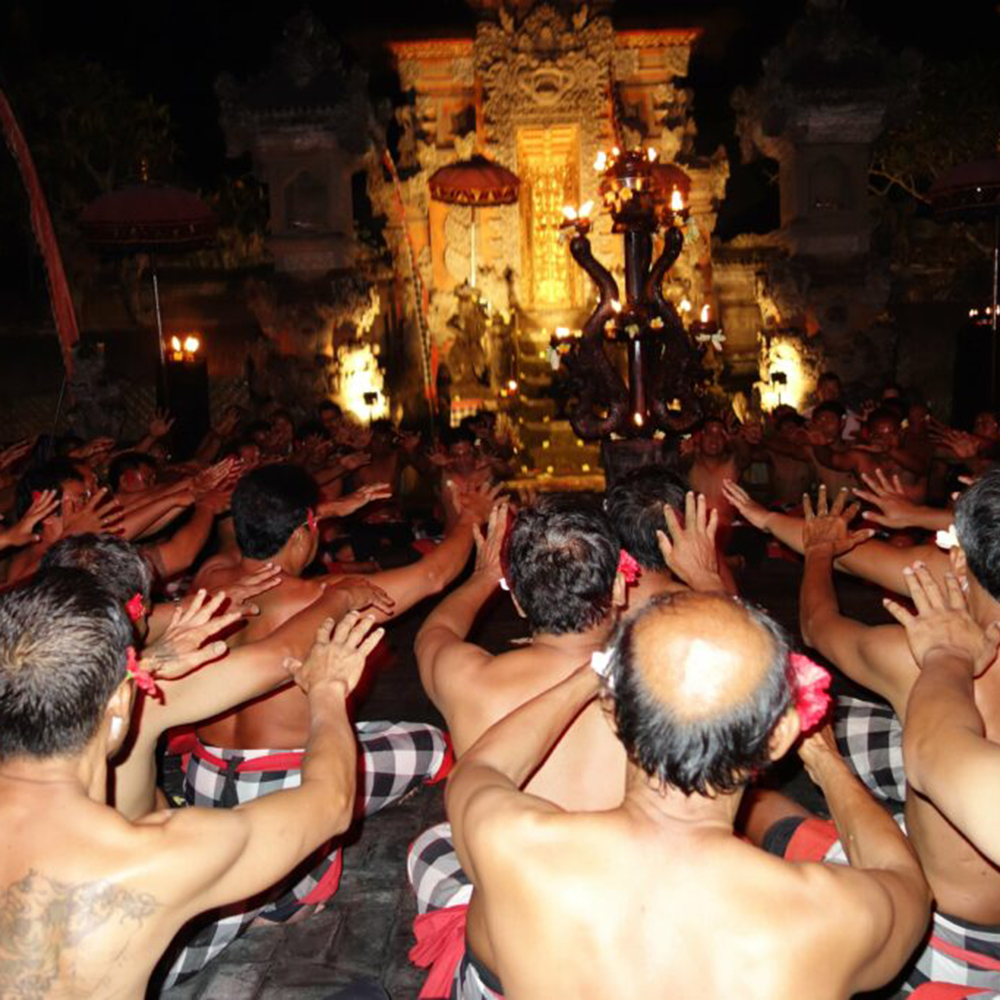The Norwegians have a saying: “Det fins ikke dårlig vær, bare dårlige klær.” In English, there is no such thing as bad weather, only bad clothing. The Swedes and the Finns say it too. Not me. Bad weather too often means a bad trip that cannot be saved by any amount of good clothing. Keeping outer garments to a minimum, from May through October, I travel in the northern hemisphere. From November through April, I travel in the southern hemisphere. Any time when it is not the rainy season, I travel near the equator. But I made an exception to visit Harbin, China in the dead of winter.
Harbin is a depressing, gray industrial city of about 5 million inhabitants in far northeast China. In winter, when the average temperature is -24º C (-11ºF), nighttime lows reach -40º (the degree where temperatures in Celsius and Fahrenheit are the same), emissions from coal-fired power plants and coal-fired furnaces and heating fires further darken the skies and make breathing difficult and deadly. Yet I chose to travel to Harbin in January for a vacation. Why? Because of the Harbin International Ice and Snow Festival, held each year during the coldest month. The extreme cold and extreme festival with its colossus snow sculptures, buildings built from blocks of ice, and almost naked swimmers in the frozen river, were so over the top that I had to experience it in person.
Remembering the Norwegian’s saying, I tried to combat the cold with warm clothes, lots of them. Whenever I left the hotel, I wore polypropylene long underwear (top and bottom), fleece long underwear (top and bottom), ski pants, a fleece pullover, a down vest, a shearling coat that came to my ankles, a hood, a face mask, a fleece hat, down mittens that came up to my forearm, a pair of wool socks, a pair of fleece socks and huge moon boots that put several inches of rubber between my feet and the frozen ground. All my outerwear was black, and you could see nothing but my eyes. I looked like a cross between a terrorist and the Michelin tire man, but I was warm. Jake rebelled, but only briefly. When he wore the face mask, his breath crystallized and froze on the mask, then melted again with another breath and froze again, in an ongoing, unpleasant cycle. Our first night in Harbin, Jake pulled off and refused to wear his face mask. It was a relatively warm night, about -20º C (-2ºF) with no wind. Although he did not get frostbite, Jake’s cheeks turned scarlet (and stayed that way for hours), and his nose ran. Jake saw the wisdom in the Norwegian way, and put his face mask back, and kept it on whenever we went outdoors.
Bundled up, we could comfortably spend hours outdoors at temperatures from -20º-40º C (-4º-40º F) and avoid the cigarette-smoke-filled warming areas filled with locals and tourists not lucky enough to find and afford gear from The North Face, Patagonia, REI, Marmot, Arc’teryx, Smartwool, Helly Hansen, and other outfitters. The underdressed included our guide, a vibrant young woman, willing to go down ice slides with Jake long after I tired of it. She spent as much time outside as we did, yet she wore only a short jacket, with just pants on her lower body, a knit hat and mittens, light boots, and a long red scarf wrapped multiple times around her face and neck. She was a native of Harbin, but I could not understand how she could be warm, dressed as she was. The first day, she denied being cold. But the next morning, she happily accepted the gift of an extra facemask I had brought and the loan of a pair of down mittens. She then admitted she had been cold. She was always cold. Such quality items were not available in Harbin.
Although the extreme cold was an experience in itself, we were there for the exhibition. During the day, we started at the Sun Island Scenic Area, the second-largest venue of the festival and the site of the international snow sculpture competition and snow sculpture art expo. Because the sculptures are made of packed snow, not ice, they did not light up and were meant to be seen during the day during the few hours of daylight. In keeping with the extreme theme, some of the snow sculptures were the size of a room, some the size of a house, and the largest was the size of a city block, over 230 yards long and 10 yards high. This massive sculpture portrayed several scenes. In the center, rising from waves and a sea of coral, stood a very masculine and solid ballerina wearing an elaborate tutu, a crown on top of her flowing hair, and griffin wings as wide as she was tall flying out behind her. On one side of her, a Russian Orthodox church, complete with onion domes and crosses, rose from snow-covered trees. On the other side, a clock tower, with a star, windows, and turrets, sat on top of stylized waves next to what looked like a family of weebles, the toys that wobble but don’t fall down. The sculpture was not just gigantic. It was creative and beautifully carved. The whole scene—the sculptures, the dog sleds, the snow scooters (Jake tried one of these), the snow slides (we both tried these), the people, and the cold—astonished us.
Once it got dark, it was time for the 13th Harbin Ice and Snow World where everything on the grounds (except the warming rooms) was built from huge blocks of ice, weighing up to 700 kilograms each, carved from the frozen Songhua River. The construction of the exhibition uses about 250,000 cubic yards of ice. In 2012, the life-sized buildings made from these enormous ice blocks included a castle, complete with moat and turrets, a fairy tale palace, pagodas, and an Egyptian Sphynx. At night, the buildings glowed with pink, blue, green, red, and yellow lights. We walked up and into the buildings on stairs made from ice blocks and usually exited via an ice slide. The size and scale of the exhibition were incredible. It may sound garish or tacky, but it was not. It was wonderful. The combination of the dark sky, colored lights, frigid temperature, massive sculptures, and silly activities was masterful. Whoever thought up this festival was a genius. It brings life, tourists, and money to an otherwise desolate place during the darkest, coldest time of the year. It was worth the trip. And maybe the Norwegians are right: Det fins ikke dårlig vær, bare dårlige klær.
